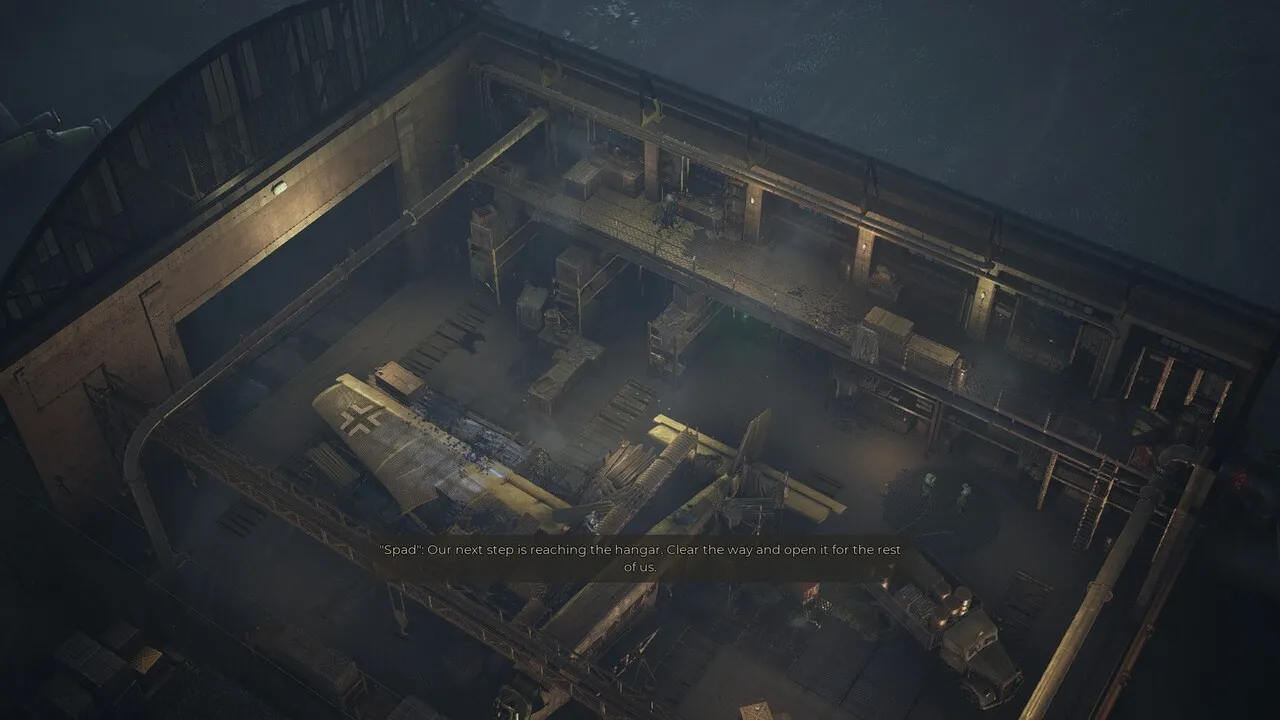
63 Days: A Deep Dive into Polish Resistance, But Is It Too Long?
Contents
The recent surge in World War II games, particularly real-time strategy (RTS) titles, has brought us compelling narratives and challenging gameplay. From Partisans 1941 focusing on Polish guerilla fighters to Last Train Home depicting the Czechoslovak Legion’s journey across Russia, these games offer diverse perspectives on the conflict. Following this trend, Polish developer Destructive Creations, known for War Mongrels, returns with 63 Days, another story centered on the Polish resistance during World War II. This time, however, we’re presented with a new setting and a fresh cast of characters. Does this latest offering live up to the expectations set by its predecessors? Let’s delve into 63 Days and find out.
 Polish Resistance Fighters in 63 Days
Polish Resistance Fighters in 63 Days
A Detailed Look at War-Torn Warsaw
63 Days transports players to 1944 Warsaw, as World War II nears its end. You join the Polish resistance, experiencing the conflict through the eyes of five distinct characters as they fight against the occupying Nazi forces. While the game features only six chapters, each unfolds across expansive, meticulously detailed maps, rich with environmental effects that create stunning visuals.
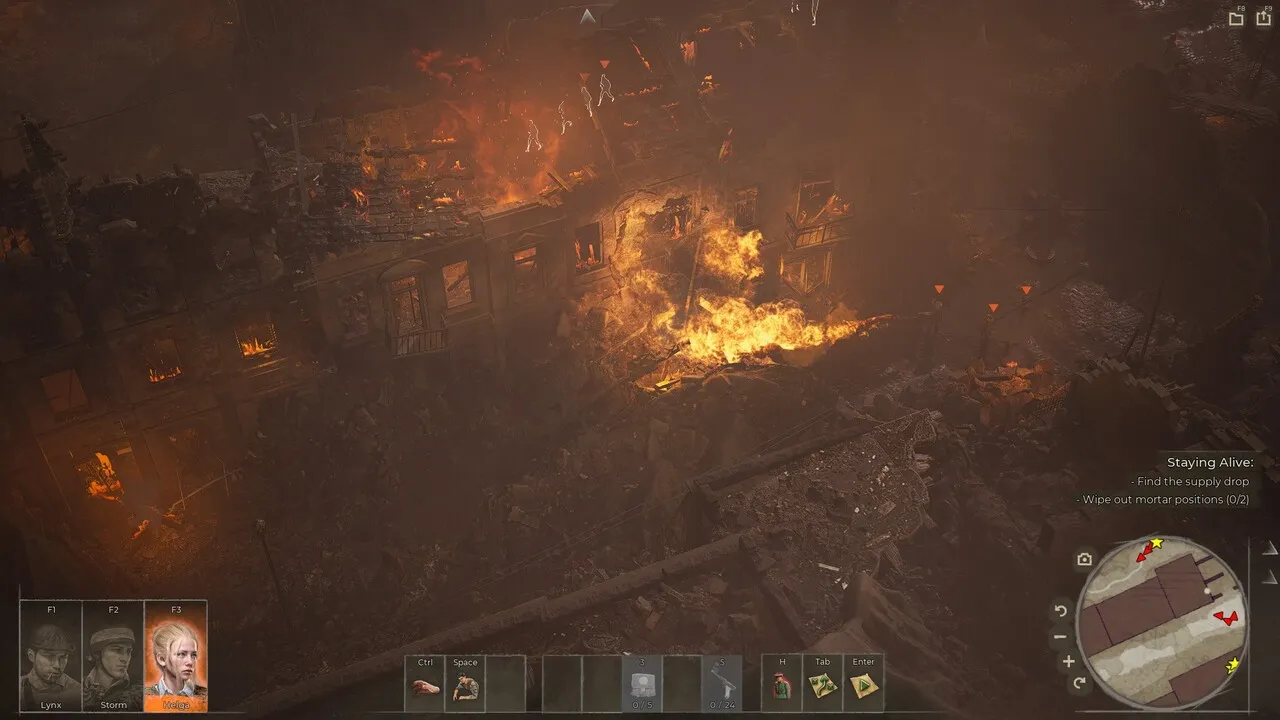 Warsaw in Ruins
Warsaw in Ruins
The environments are filled with bombed-out buildings and war-torn landscapes, immersing players in the grim and tense atmosphere of occupied Poland. The developers have paid close attention to detail in recreating the urban environment. Navigating the narrow alleyways and densely packed buildings of Warsaw provides a dynamic and visually engaging experience, while maintaining clear overhead visibility for strategic gameplay. The pervasive destruction serves as a constant reminder of the conflict’s impact.
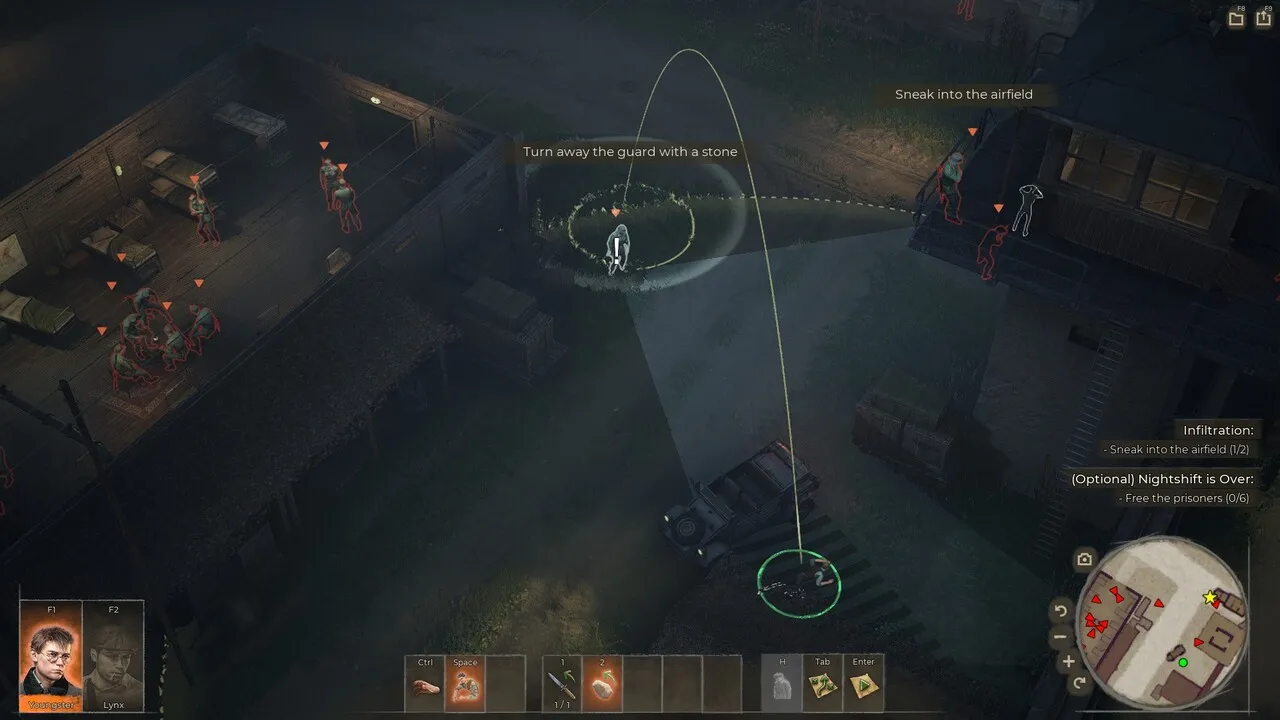 Detailed Environments
Detailed Environments
Engaging RTS Gameplay with a Focus on Stealth
63 Days inherits much of its gameplay mechanics from War Mongrels, blending real-time strategy with puzzle elements. Stealth is paramount, requiring careful observation and meticulous planning. A failed assassination attempt can quickly lead to your character’s demise or trigger an overwhelming enemy response, leaving little room for escape.
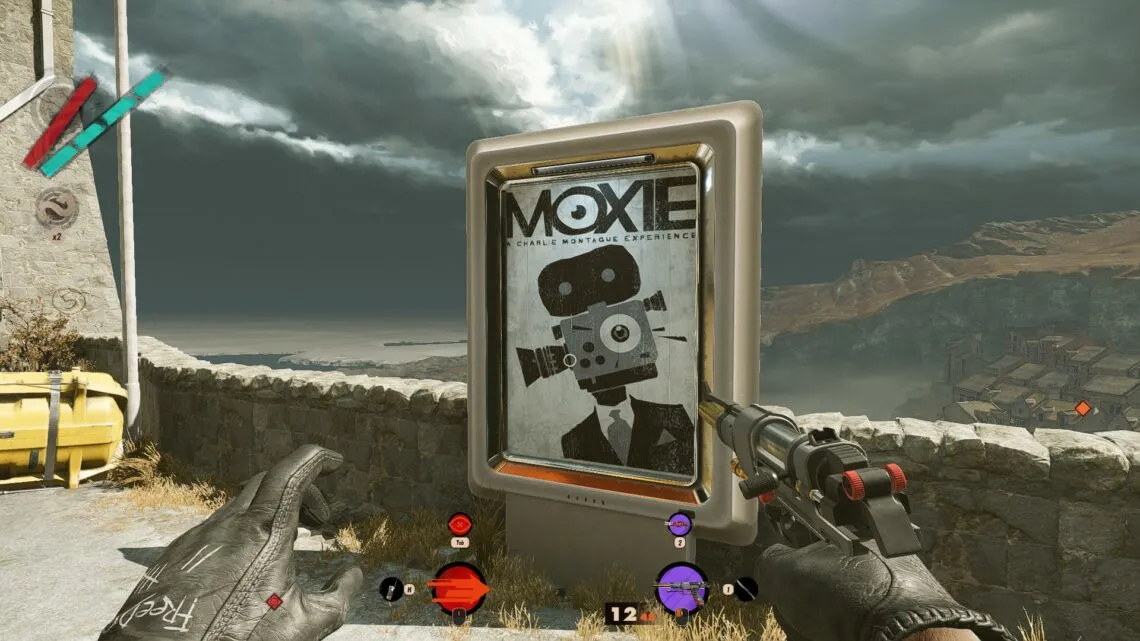 Stealth Gameplay
Stealth Gameplay
Each level is designed as a large-scale linear puzzle, demanding players eliminate enemies in a specific order to progress. This structured approach limits opportunities for creative assassinations but provides a satisfying challenge for those who enjoy methodical planning and execution. The game excels in its level design, offering intricate layouts with carefully placed enemies and sightlines, allowing for strategic maneuvering and calculated takedowns.
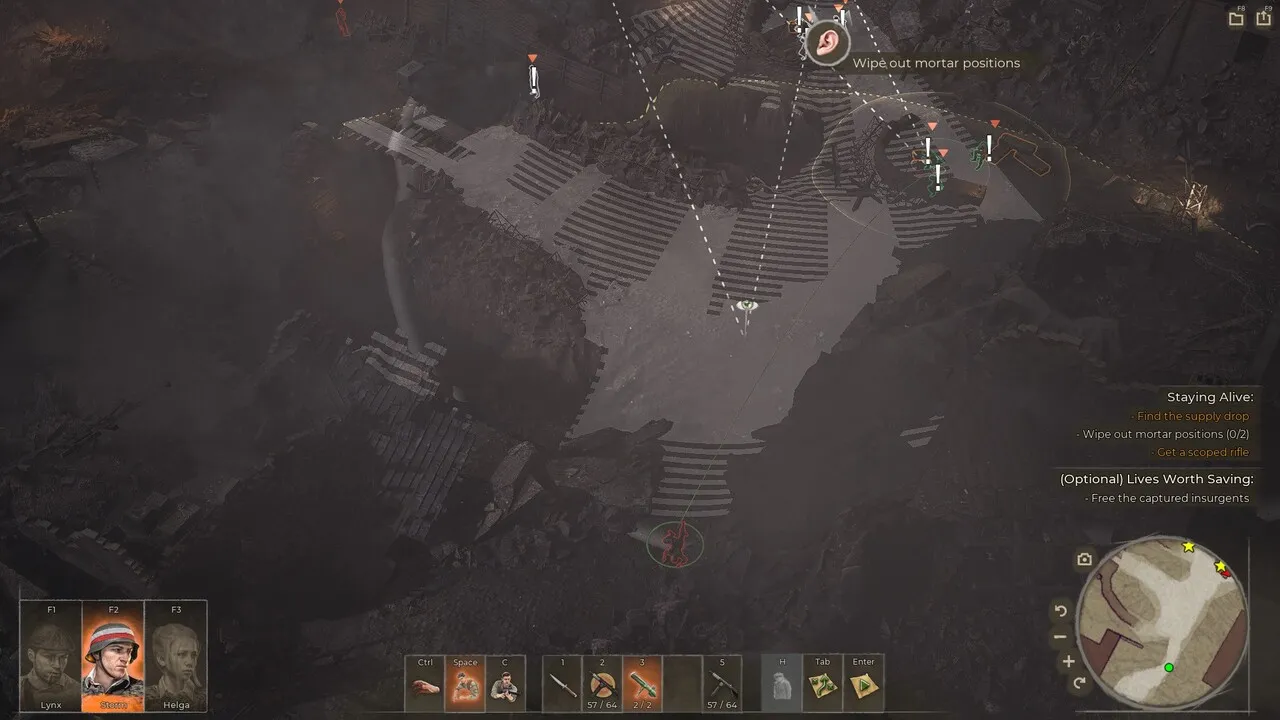 Strategic Assassinations
Strategic Assassinations
Character Abilities and Planning Mode
63 Days features five playable characters, each with unique abilities. The initial two, Youngster and Lynx, possess complementary skillsets that encourage teamwork. Youngster can throw knives for ranged attacks but can’t hide bodies, while Lynx can carry and conceal bodies but relies on close-range assassinations. This interplay necessitates switching between characters and utilizing their abilities effectively to remain undetected.
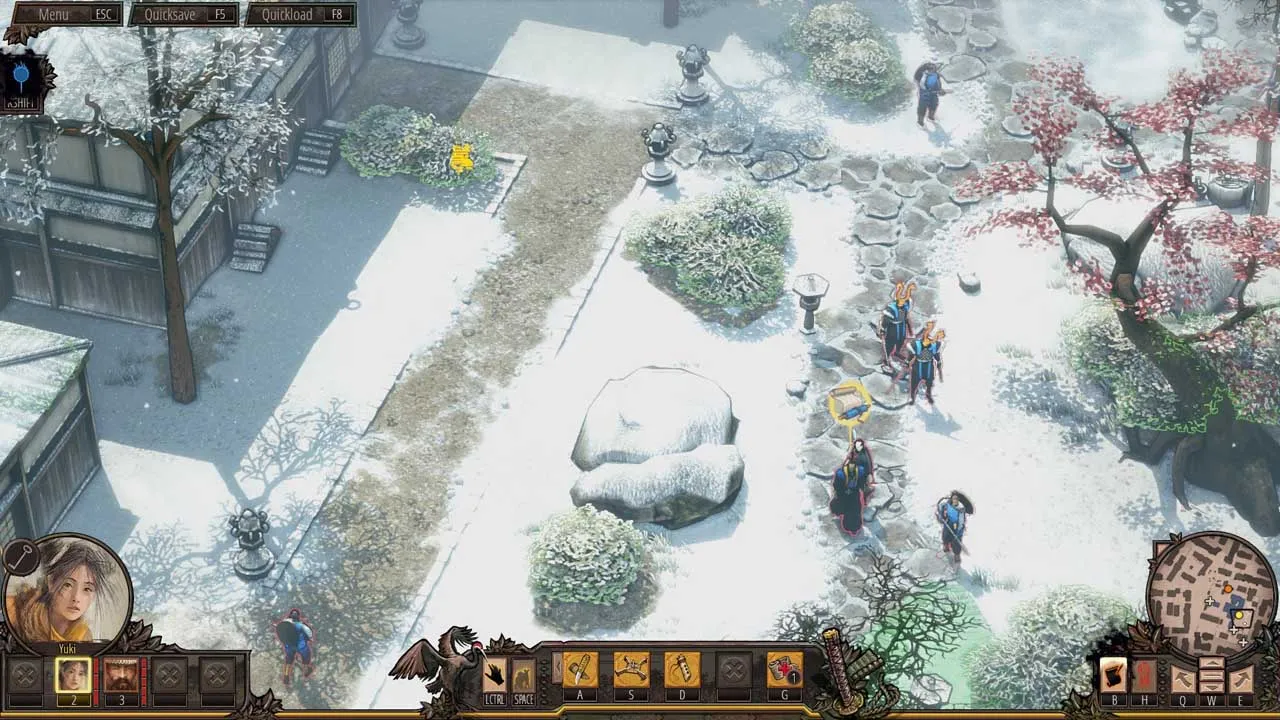 Character Abilities
Character Abilities
The “Planning” mode, returning from War Mongrels, allows players to slow down time and issue commands to multiple characters simultaneously. This proves invaluable for coordinating complex maneuvers and overcoming time-sensitive challenges. While the twin-stick shooter mechanic offers a faster-paced alternative, its noise alerts nearby enemies, making it unsuitable for stealth-focused objectives. However, it shines during larger-scale combat sequences, providing a thrilling action experience.
A Lengthy Campaign That Hampers the Narrative
The most significant drawback of 63 Days is the excessive length of its levels. Each chapter is divided into multiple stages, each with numerous objectives spread across the map. This results in lengthy playtime, potentially two to three hours per chapter, which can become tedious, especially for newcomers.
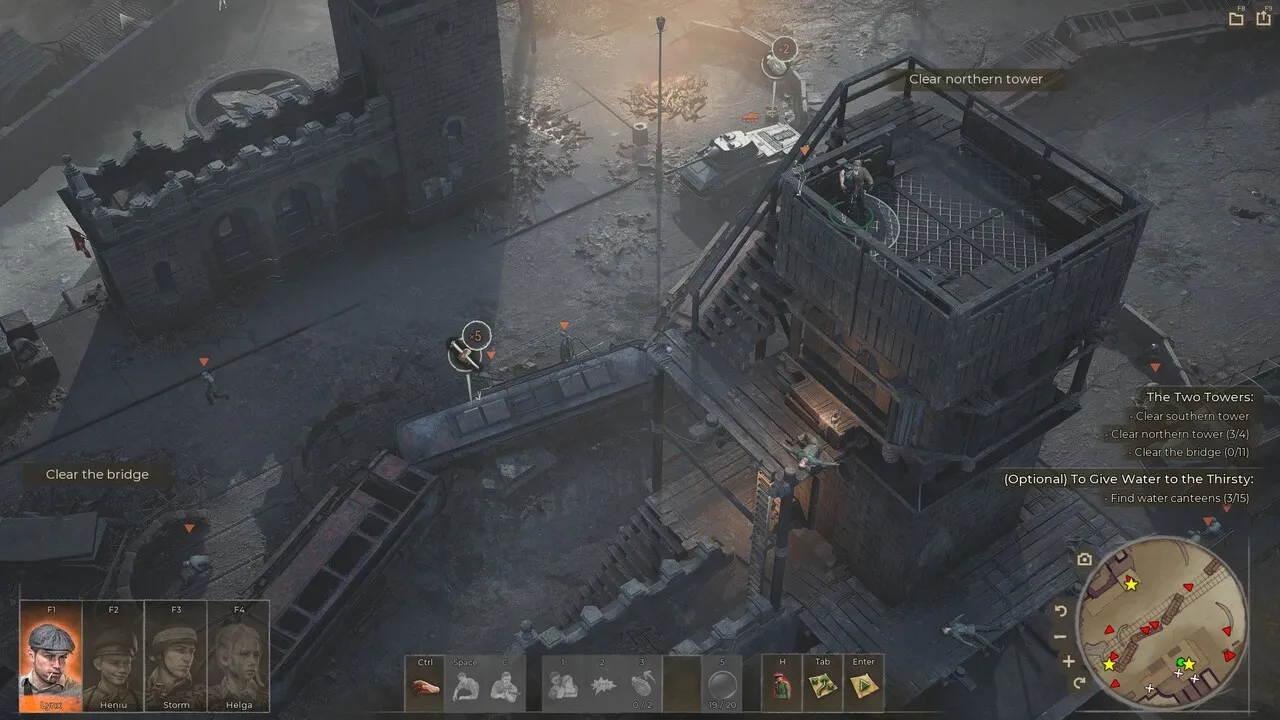 Overlong Levels
Overlong Levels
This extended playtime also impacts the narrative. Key story elements are primarily conveyed through cutscenes at the beginning of each chapter, creating a disjointed and difficult-to-follow storyline. The transitions between stages contribute little to narrative development, leaving the overall storytelling feeling underwhelming.
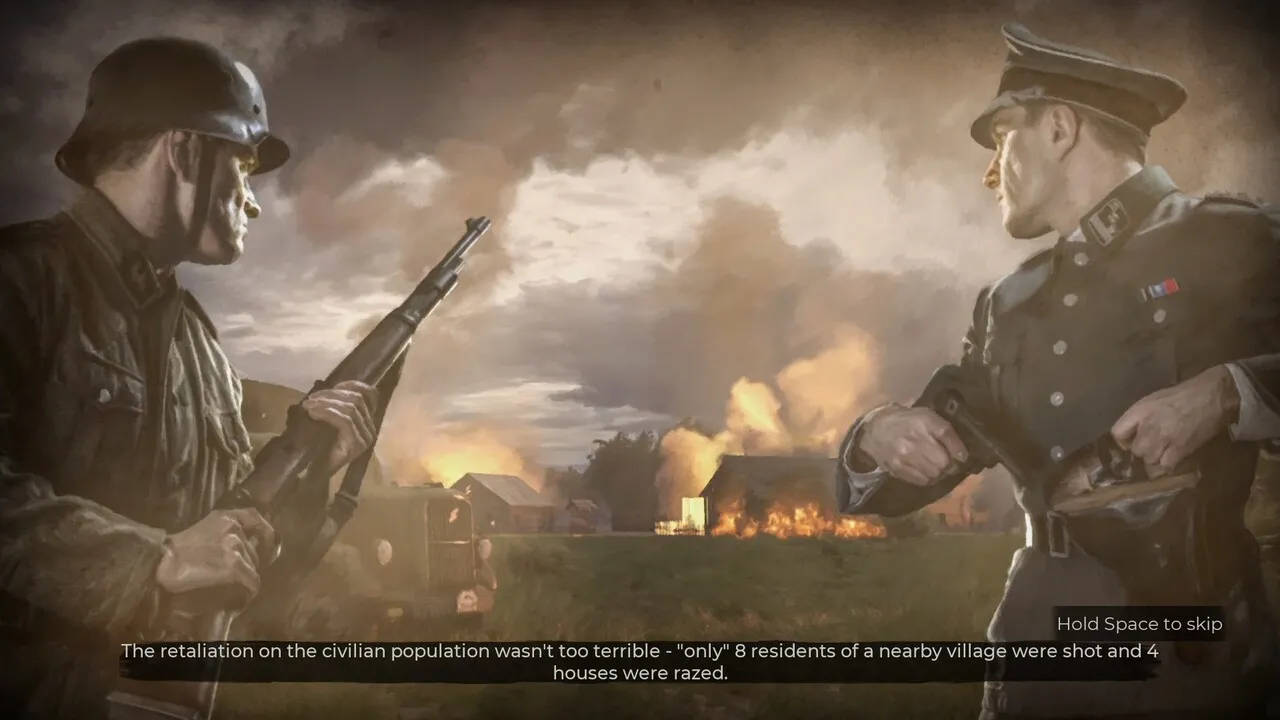 Narrative Disruption
Narrative Disruption
While 63 Days offers a detailed and engaging RTS experience, its overlong levels ultimately detract from the narrative and overall enjoyment. The core gameplay mechanics and intricate level design are commendable, but the pacing needs refinement to better serve the story and player experience.





Comments (0)